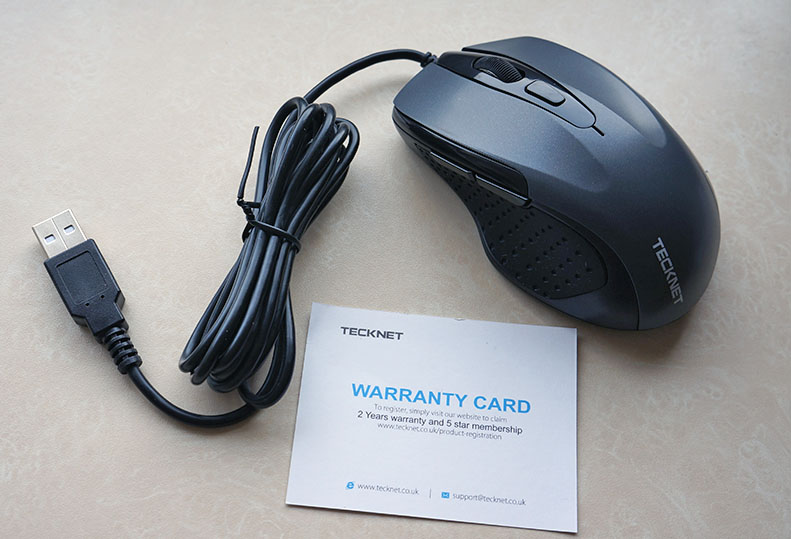LOL 
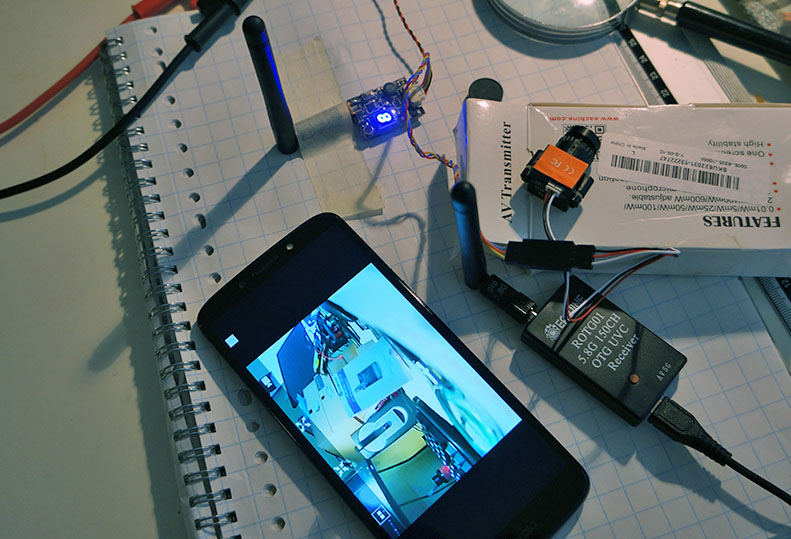
wireless 5.8 Ghz A/V signal captured on Android

‘follow’ me umbrella drones
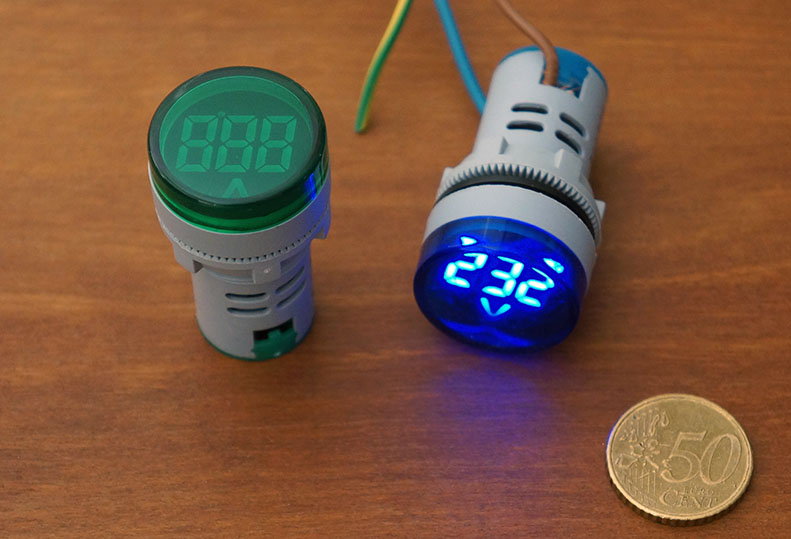
22mm AC 60-500V Big Font Display LED Voltmeter 2,06€
No wind please! ![]()

 take one of these…
take one of these…
https://www.seeedstudio.com/Sipeed-Lichee-Nano-Linux-Development-Board-16M-Flash-WiFi-Version-p-2893.html @$7.90
https://www.seeedstudio.site/media/catalog/product/cache/ef3164306500b1080e8560b2e8b5cc0f/l/i/lichee-nano-16m-flash_wifi-version-main_1_1.jpg
Add an SPI based sx1301/1308 concentrator card…RAK 831/833/24xx/imst/etc… Recompile/port s/w and…?
5 more KISS-LoRa devices ready for deployment!
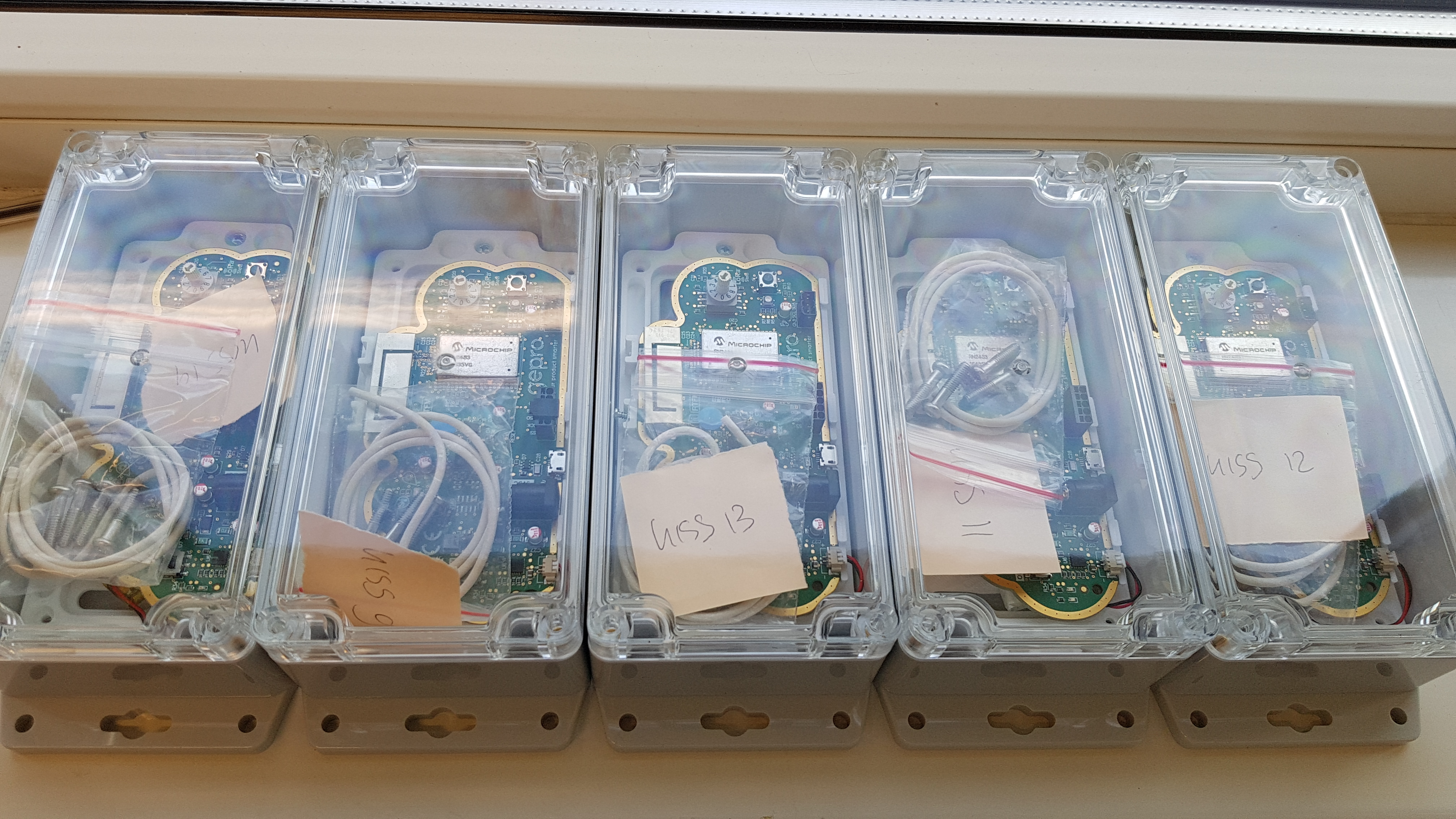
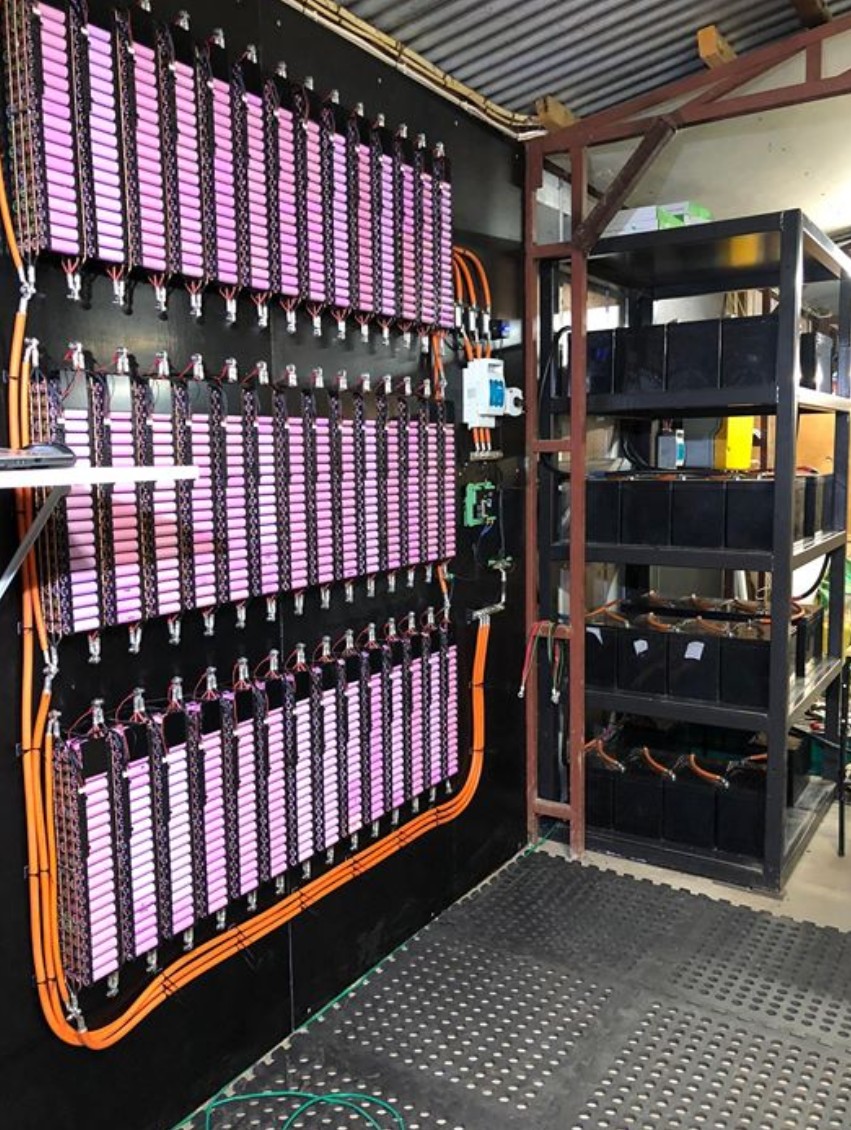
18650’s 
Old school PCB…
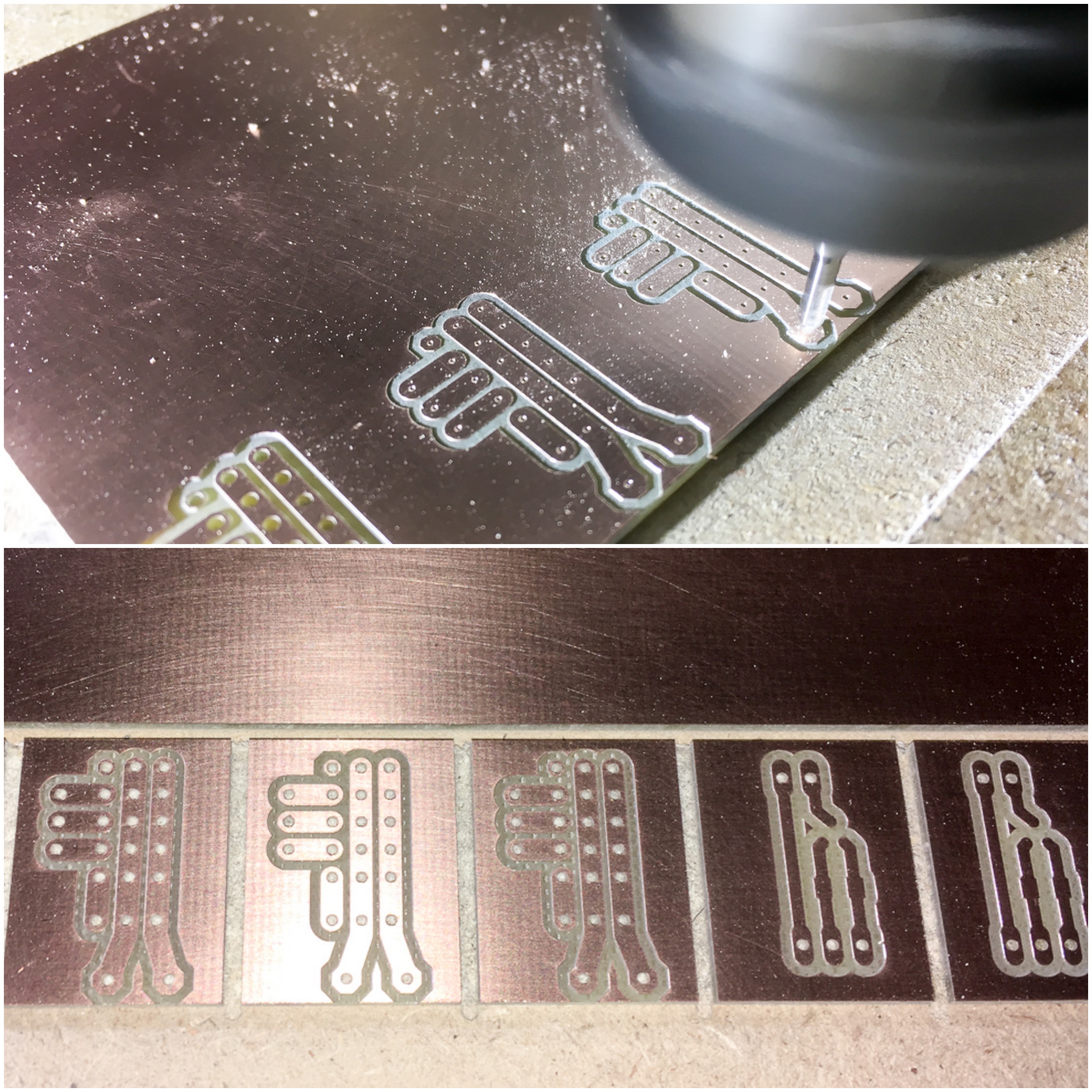
That are about 3024 pieces.
Took a large bite out of my hobbybudget savings yesterday. For years I have been working with SMD parts on various projects but a lose BME280 was to small for me to handle with my Weller soldering iron. So went to my local electronics store and bought this Velleman SMD hot air rework station.
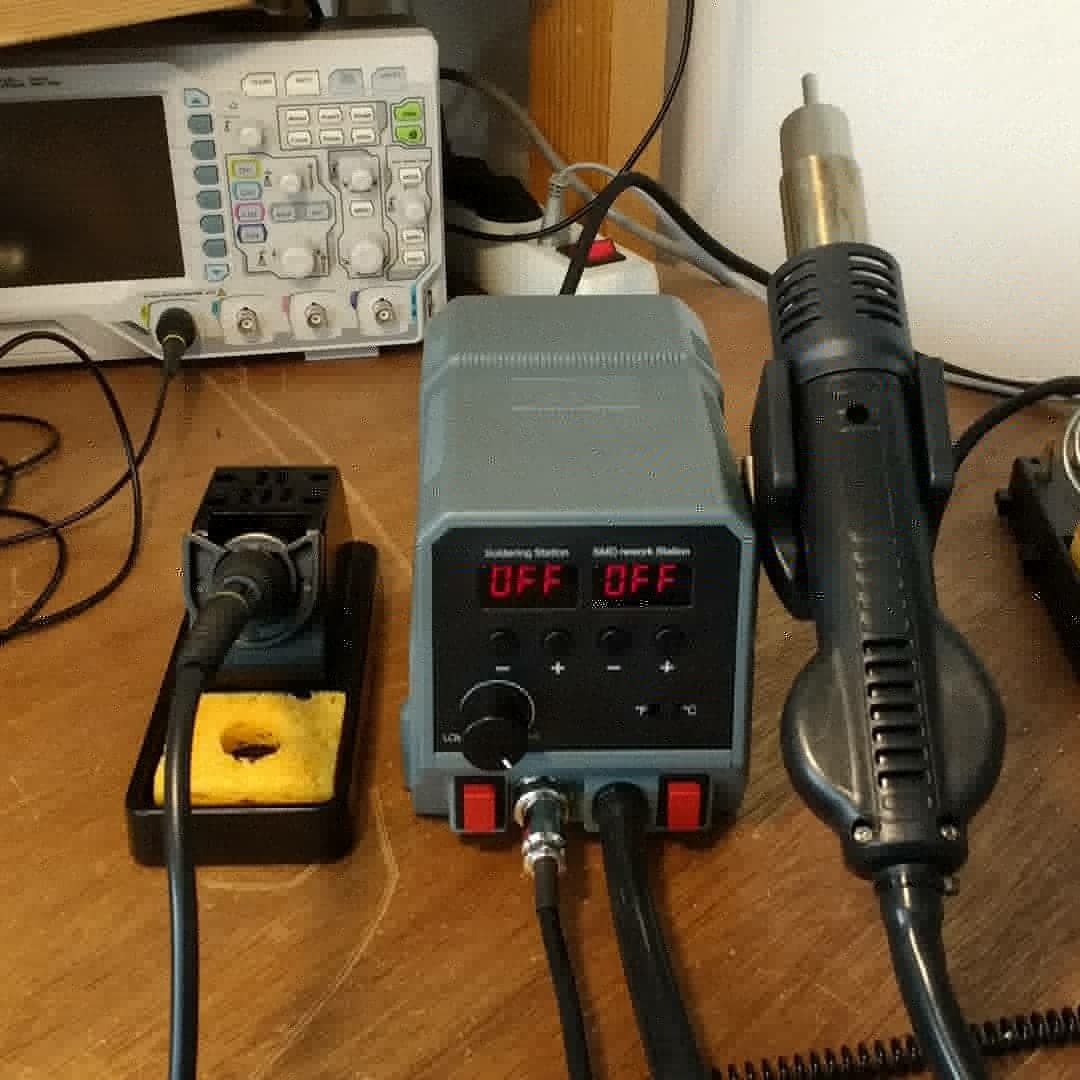
Removed the BME280 sensor cleaned the pads and applied fresh solder (don’t have the SMD solder paste yet), a few brushes of hot air and the sensor was mounted again.
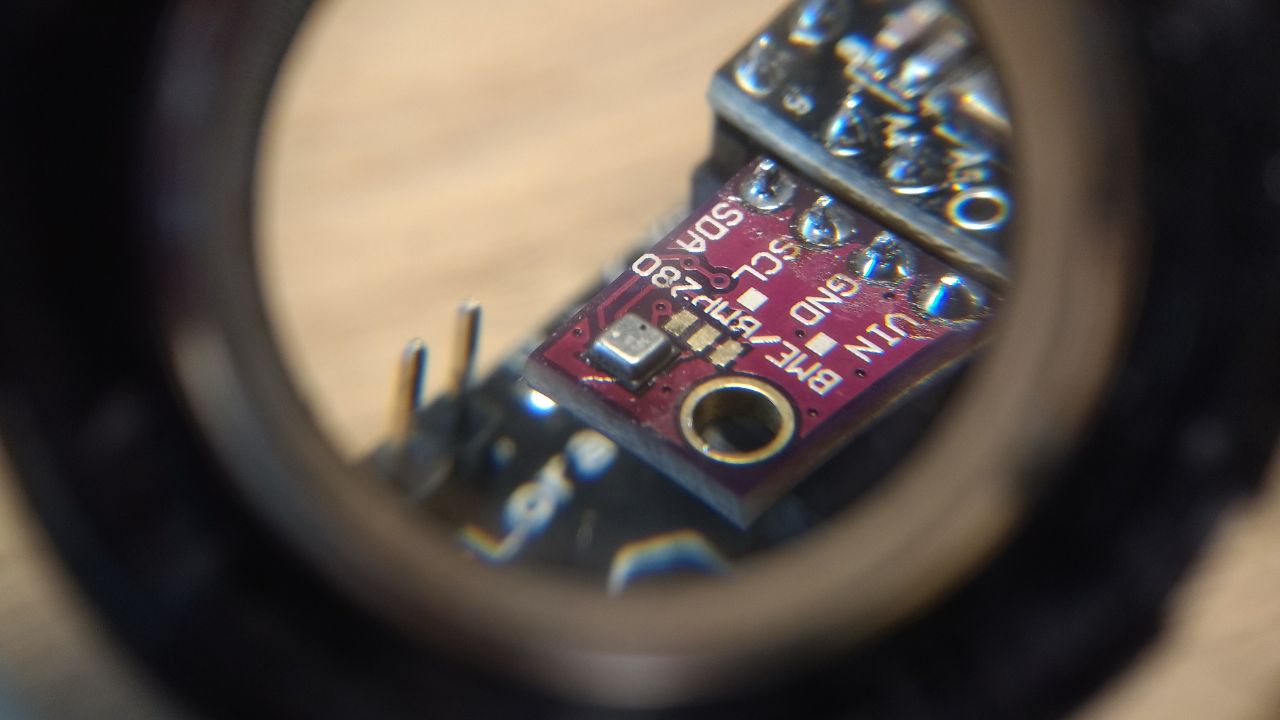
A few hundred samples where made with the refurbished BME280 and matched with a reference BME280 and there where no shocking difference in measurement values.
Think I should have bought a hot air station years ago 
did you replace a few hundred smd BME280 's … ? 
LOL, I didn’t ![]()
I let the refurbished BME280 make a few hundred measurements over a hour time to compare to another BME280 to so if my handy work didn’t damage the sensor.
Hi guys,
I was lucky to acquire cheap (really cheap) a air/water heatpump for my swimming pool.
Now the only problem it has is that it doesn’t turn off when the selected temperature is reached.
When i turn the thermostat lower then the actual water temp, i do hear the thermostat clicking, but no relay is switched and I don’t see any change in current consumption (which i expect?).
It’s a complete analog device, so no electronic controlboards or whatsoever.
I would like to “upgrade” this with an arduino/esp8266/esp32 and make it a bit smarter, but I need to now how it technically works.
Turning off when the temp is reached, what does that imply? Turn off the compressor and leave the fan running, or also turn off the fan?
Tips highly appreciated,
Eric
start with the exact brand/type of that air/water heatpump, maybe a link to the manufacturer/schematic ?
The most relevant link i can find is this one https://www.heatpumps4pools.com/Second-Hand-Units/Duratech-Eco12-Second-Hand-Pool-Heat-Pump
Mine is labeled: “ECO HEAT PUMP” model “ECO-12” exactly the same as pictured in the link
So I have had over 1 year service out of a Charles Hallard low power node using a single LiFePO4 cell. In fact the cell still measures 3.3v which is the voltage it shipped to me at and it has never been recharged.
Today I discovered that there is a TP5000 charge controller which has a solder jumper to select between 3.6v or 4.2v final charge voltage (LiFePO4 or LiPo/18650 chemistry) which has a wide enough input range to take a 6v solar panel. Given the small power consumption of a sleeping/low-power node, directly connected to a LiFePO4 cell unregulated, is this not a perfect solution for a fully autonomous node, deployed for life type? Trickle charge 1 or even 2 parallel cells when light is available for constant 100% state if charge? Does anybody know of quiescent current characteristics of these modules, for example without the charge LED?
I ordered some of these last year.
In case the LED doesn’t work: my boards (from above shop) came with the wrong LED: common cathode but must be common anode (luckily not soldered).
Solder jumper F open: 3.6V (LiFePO4) and closed: 4.2V (Li-ion/LiPo).
The charge current can be adjusted by replacing a resistor, but requires very low resistor values < 1Ω.
Note/Warning: The board is default configured for 1A charging (0.1Ω resistor).
The default charge current for my Soshine 14500 (AA) 700mAh and 18650 1800mAh cells is 300mA. For fast charging: 600mA for the 14500 cells and 1.5A for the 18650 cells. For charging 14500 LiFePO4 cells the charging resistor should be replaced with a higher value (see below graph).
Attached is the TP5000 Datasheet (translated from Chinese).
(First resistor value for Ibatt 100 mA in the table on p7 got lost in translation, it should read 1Ω.)
TP5000 Datasheet (translated from Chinese).pdf (778.7 KB)
I made a graph from the resistor values in the datasheet. The values show a strange non-linearity so I wonder how accurate they are (or it may be Excel related).
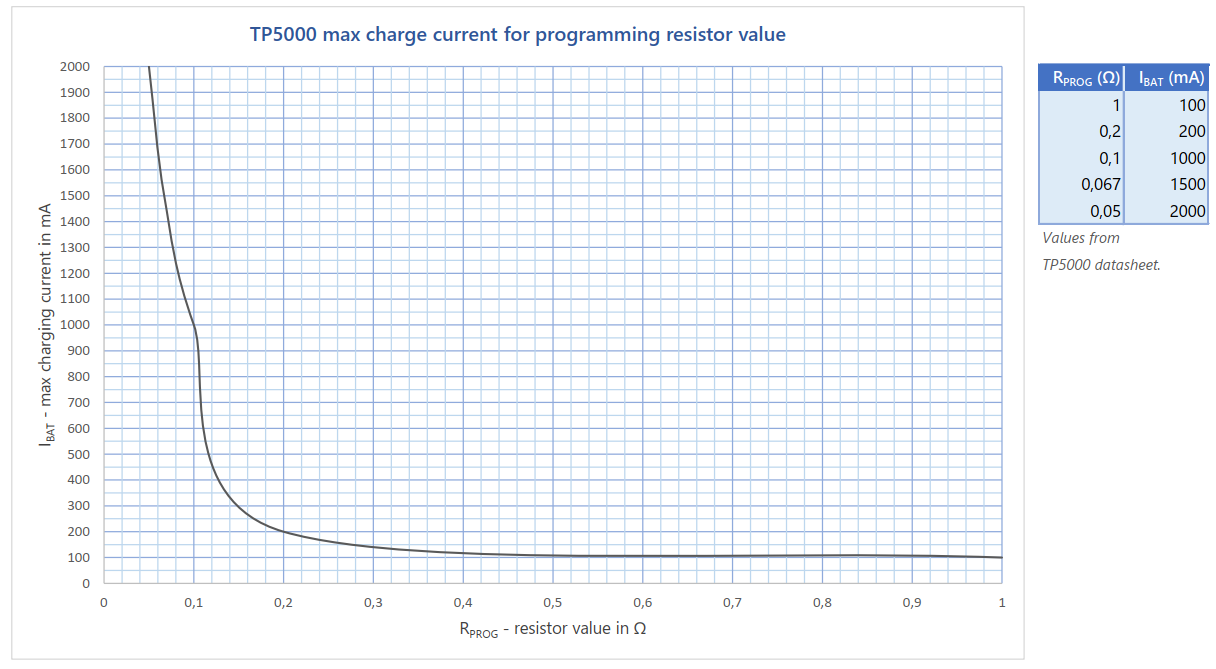
Nice. Just curious:
- What size (probably 18650) and capacity is your LiFePO4 cell?
- Is the node doing any measurements?
- How often does it transmit messages?
